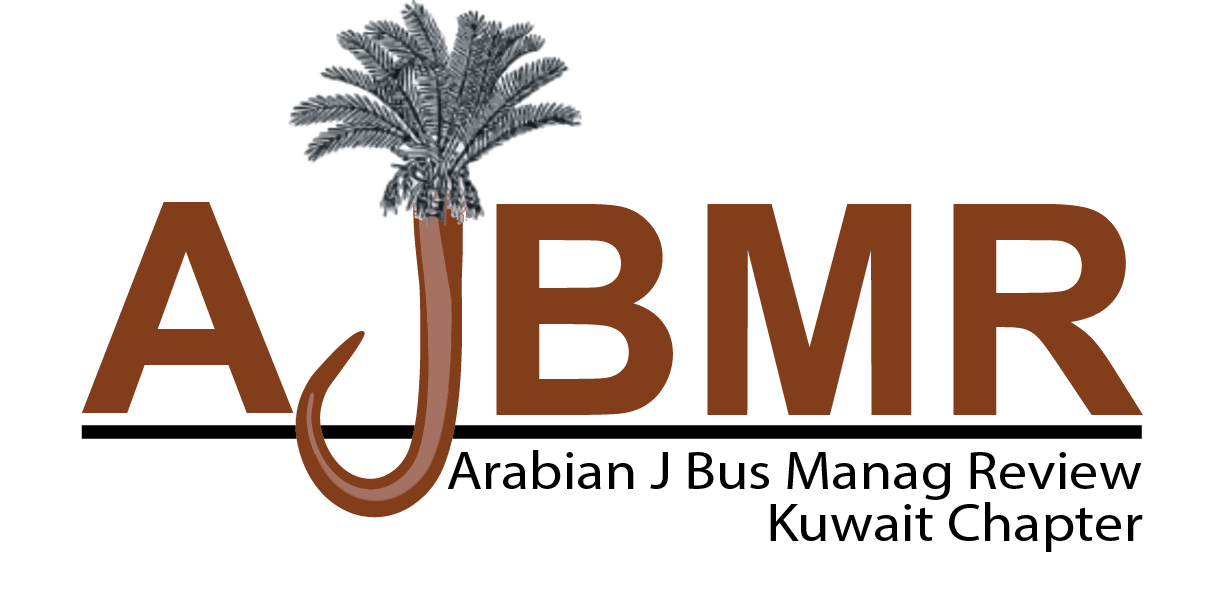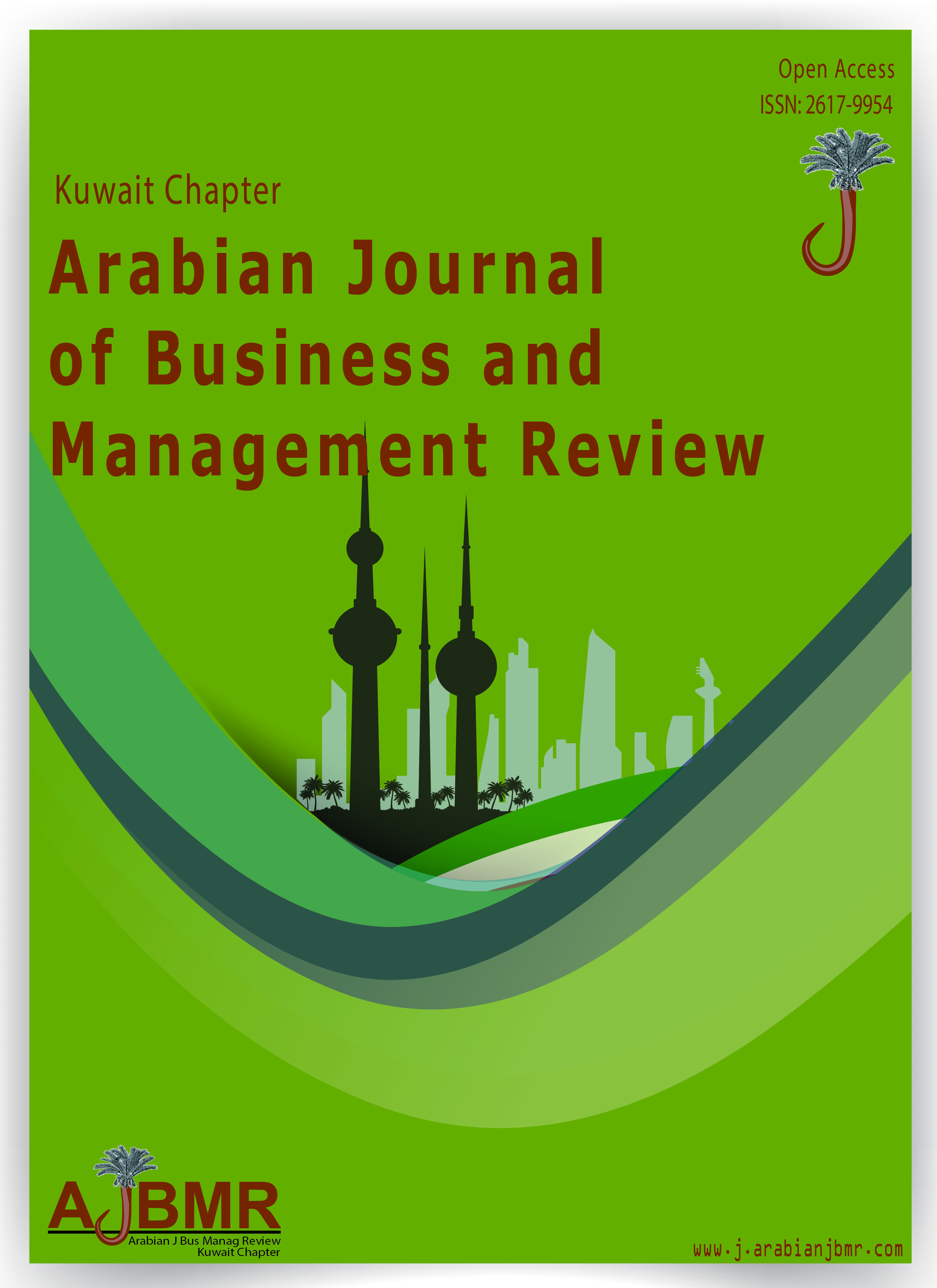A SURVEY ON THE MANPOWER CHANGES IN AUTOMOTIVE INDUSTRY; (CASE STUDY: KERMAN MOTOR)
Keywords:
Manpower, Automotive, Industry, ProductionAbstract
Without doubt, manpower is the most valuable factor for production by which the organization’s needs and goals, i.e. producing products (goods or services) come to realize by means of financial tools and facilities. If manpower removes from the organization, what remains, e.g. elements and facilities such as buildings, equipment, materials, etc. would be useless, without any value. Human
is the biggest asset within the organization non influencing corporate balance sheets and profit and loss statements, while profitability within organization comes to realize with human. As the automotive industry is one of the major industries in the areas of employment and investment, and has a significant share in production and employment, has been continuously one of the most important powers resulting in economic growth. This paper aims to investigate manpower changes as the most important factor which leads to production, the survey conducted in 2012 in Kerman factor. Statistics and data gathered from documentary studies, interviews and organizing meetings with experts. After data collected and equivalent non-homogeneous data provided, the results showed that there is no accurate planning for this so that suggestions to improve the situation for beneficiaries proposed.
Downloads
Published
How to Cite
Issue
Section
License
Copyright (c) 2014 Amin Fatahi, Ali Darijani, Hamid Taboli

This work is licensed under a Creative Commons Attribution 4.0 International License.






